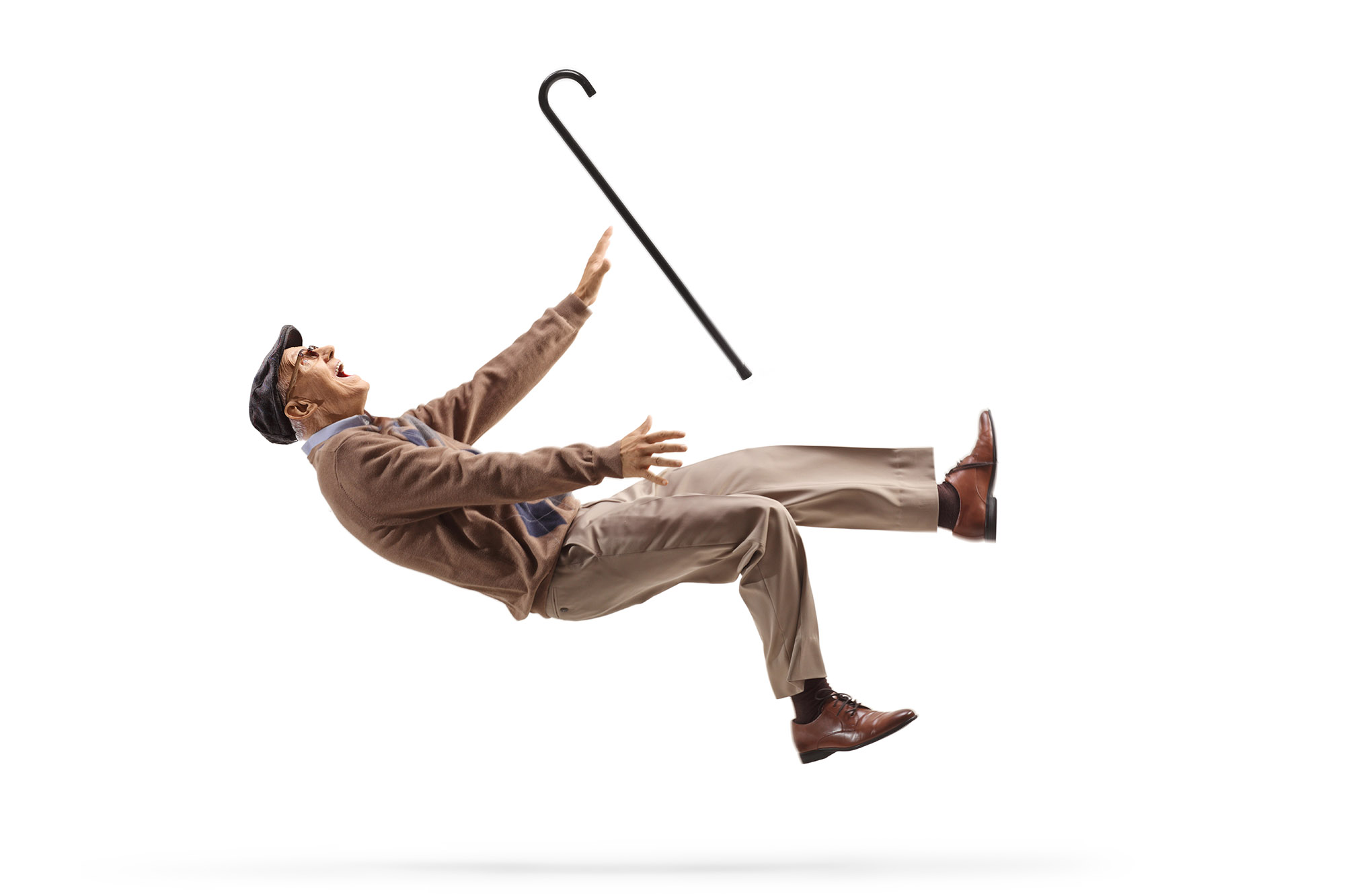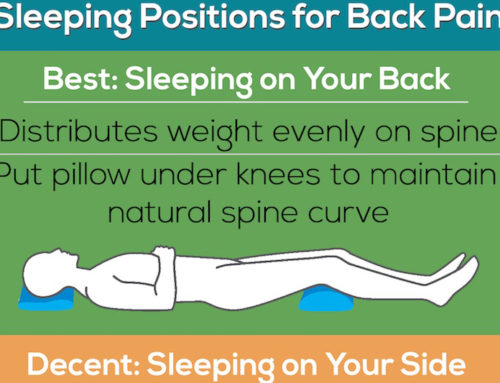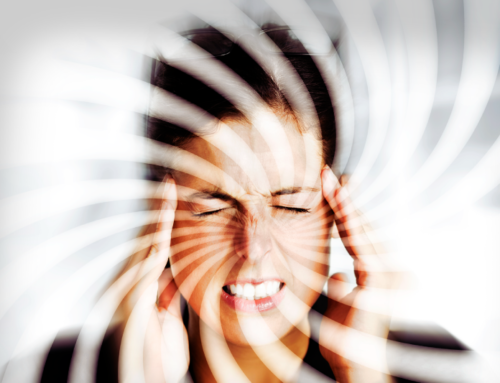Emilie Paletta, PT
MCsPT, BSc Hons.
Introduction
Falls are one of the leading causes of injury, disability, and even death among older adults. According to the Centers for Disease Control and Prevention (CDC) (2024), 25% of older adults experience a fall each year – however this percentage is likely higher as many falls go unreported. I have treated a number of patients who have had significant injuries from falls that were preventable. In this blog, we’ll explore effective fall prevention methods supported by research and expert recommendations to help you maintain your safety and independence!
Understanding the Risk Factors
Many factors contribute to the increased risk of falls in seniors. Some of these include:
- Physical Changes: As we age, our muscles weaken, bones become more fragile, and our joints lose flexibility. Additionally, balance and coordination can decrease, making it more difficult to participate in day-to-day activities.
- Health Conditions: Chronic conditions such as arthritis, osteoporosis, Parkinson’s disease, stroke, and diabetes can affect your mobility and stability. Cognitive impairments, such as dementia, can also increase the risk of falls as they affect your judgment and awareness of the surrounding environment.
- Medications: Some medications can cause dizziness, drowsiness, or changes in blood pressure, contributing to falls.
- Environmental Hazards: Many falls happen at home, often due to tripping over clutter, uneven flooring, or poor lighting. In fact, the National Institute on Aging (NIA) (2022) states that falls in the home account for a substantial percentage of injuries in seniors.
What steps can I take to conquer my fear of falling?
While some fall risk factors, such as age or underlying health conditions, are beyond our control, there are numerous effective strategies that can help reduce your risk of falling. Let’s break down these methods:
1. Physical Activity and Exercise
Regular physical activity is one of the most powerful ways to reduce fall risk. When you exercise, you strengthen your muscles, improve your balance, and enhance your flexibility, all of which are critical for maintaining your stability. According to the CDC (2024), exercises that focus on balance and strength have been shown to significantly reduce falls among older adults.
If you’re unable to engage in high-intensity exercises, low-impact activities like walking or water aerobics can also be effective in improving mobility and reducing fall risk.
2. Medication Review and Management
Certain medications can increase the risk of falling by causing dizziness or drowsiness, so it’s important for you to have a regular medication review with your healthcare provider. The provider can assess the potential side effects and risks of medications, including interactions between different drugs. Adjusting dosages or switching to safer alternatives can significantly lower your fall risk.
3. Vision and Hearing Check-ups
Vision and hearing are critical for detecting potential hazards in the environment. Poor vision can make it difficult for you to identify obstacles, while hearing loss may impair your ability to respond to sounds like alarms or calls for help. The NIA (2022) recommends regular eye exams and hearing tests for older adults to identify and address issues early. Wearing corrective eyewear and hearing aids when needed can help improve your awareness and reduce the likelihood of falls.
4. Home Modifications
Making your home environment safer is a crucial aspect of fall prevention. The CDC (2024) recommends a variety of home modifications that can minimize your fall risks. Some of these include:
-
- Removing Tripping Hazards: Clear your walkways of clutter, such as rugs, cords, and furniture. Consider using non-slip mats in high-risk areas like the bathroom.
- Improving Lighting: Ensure that your hallways, staircases, and washrooms are well-lit to avoid falls caused by poor visibility. This is especially for those middle of the night trips to the washroom!
- Adding Grab Bars: Install grab bars in your bathroom, particularly near the toilet, shower, and bathtub, to provide support when standing or sitting.
- Stair Safety: Ensure that your stairs are free of obstacles, and install sturdy handrails on both sides to provide support when navigating steps.
- Use gait aids: If you’re unsteady on your feet, consider using a cane or a walker. It’s important to use them properly and have them adjusted for your height. If your gait aid isn’t fitted for you or isn’t used properly, it can be unsafe to use.
5. Regular Health Screenings
Routine health check-ups are important for identifying and managing conditions that can increase fall risk. As a physiotherapist, I can assess and address issues with muscle strength, flexibility, gait, and balance. I can also make recommendations on appropriate gait aids (like canes and walkers) and adjust them so that they’re the right fit for you! I use all of this information to create an individualized program that will help improve your endurance, balance, your ability to walk, and your confidence. I have helped countless people maintain their independence during my career, and if you’re willing to put in the hard work, I can help you too!
Conclusion
If you have a fear of falling, there’s good news- many falls are preventable! By incorporating physical activity, regular health check-ups, proper medication management, and home modifications, you can significantly reduce your risk of falls and maintain your independence. Staying proactive in these areas can help you enjoy a better quality of life, while minimizing the potential dangers associated with falls.
If you’re afraid of falling while going for walks, using stairs or just doing regular day-to-day activities, book an appointment with me and I would be happy to help you conquer your fear and help you maintain your independence!
Sources:
Falls and fractures in older adults: Causes and prevention | National Institute on Aging (2022) National Institute on Aging. Available at: https://www.nia.nih.gov/health/falls-and-falls-prevention/falls-and-fractures-older-adults-causes-and-prevention (Accessed: 15 January 2025).
Older adult falls data (2024) Centers for Disease Control and Prevention. Available at: https://www.cdc.gov/falls/data-research/index.html (Accessed: 17 January 2025).
Moreland B, Kakara R, Henry A. Trends in Nonfatal Falls and Fall-Related Injuries Among Adults Aged ≥65 Years — United States, 2012–2018. MMWR Morb Mortal Wkly Rep 2020;69:875–881. DOI: http://dx.doi.org/10.15585/mmwr.mm6927a5





